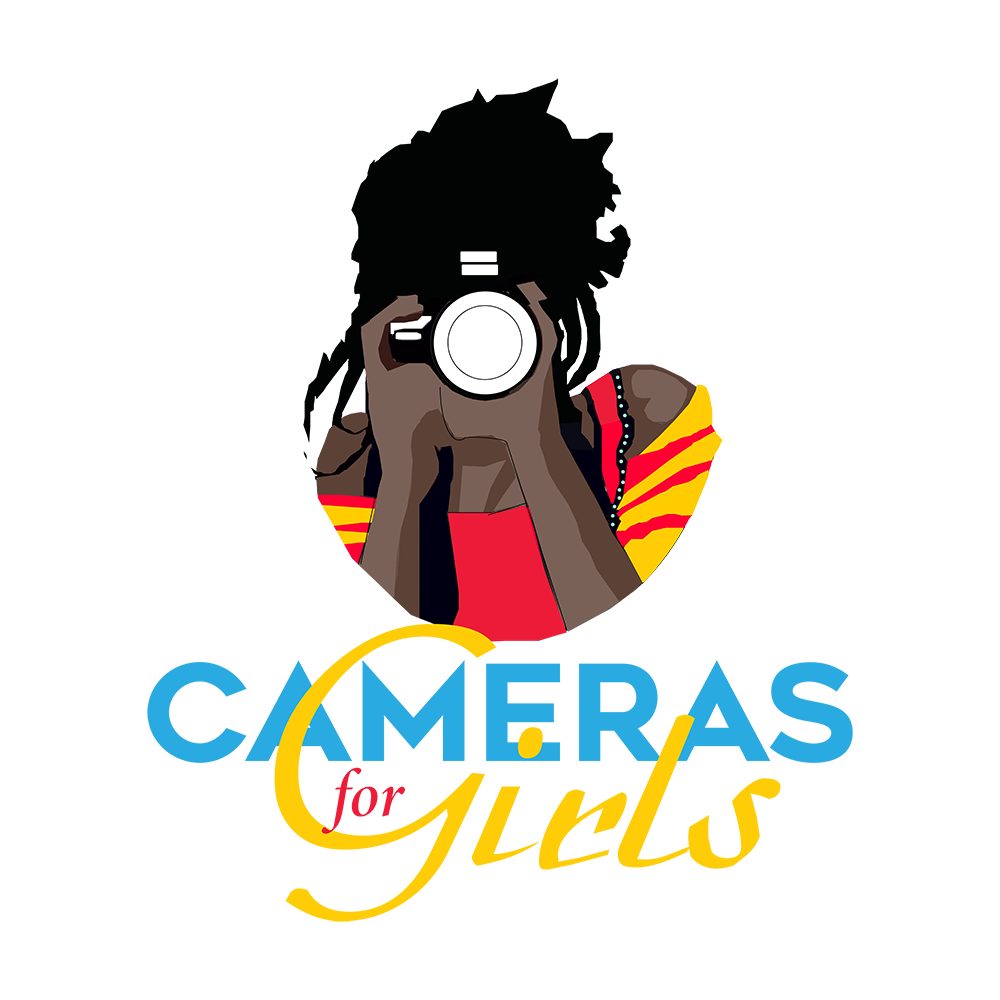How Photojournalism Drives Advocacy and Social Change
Blog by Amisha Mukasa, a Kenyan Visual Storyteller
You've heard the saying, "A picture is worth a thousand words." That remains true today. A single image can shift public opinion or spark social change.
Think of Sam Nzima's famous photograph from the 1976 student Uprising in Soweto—a defining image that exposed the harsh realities of apartheid to the world. Or Marc Riboud's 1967 photo during an anti-Vietnam War protest, in which a young woman holds a flower in front of armed soldiers. These images didn't just capture moments—they brought critical social and political issues to the forefront in ways anyone could understand.
According to Adobe, photojournalism is the communication of news through images. Modern photojournalism traces its roots to 1925 in Germany, when the first 35mm camera was invented. This revolutionary piece of equipment allowed photographers to capture stories on the move, free from the limitations of bulky gear.
Yet, in Africa, photojournalism remains underdeveloped in a field, in which too few women are equipped to document the stories that matter most.
Why We Need Photojournalism in Africa
Social issues must first be seen for them to be addressed. War, gender-based violence, climate change, and public health crises are more than just headlines—they are lived realities. But without people documenting and sharing these experiences, the world remains blind to the urgency of action.
Photojournalism plays a critical role in:
● Raising Awareness – Images transcend language and cultural barriers, making them one of the most accessible ways to inform and inspire action.
● Simplifying Complex Issues – Policy debates and technical jargon often alienate the public. A single image can communicate these complexities in an instant, bridging the gap between decision-makers and everyday people.
● Evoking Emotion – Photographs speak to our hearts, not just our minds.
An image of a woman's tomatoes being thrown to the ground by an officer isn't just a scene—it's a story. It reminds us that she could be our mother, sister, or friend. And it's these emotional connections that drive real change.
The Gender Gap in Photojournalism
Despite its importance, photojournalism remains male-dominated, like much of the media industry across Africa. The World Press Photos State of News Photography Report 2018 states that roughly 85% of working photojournalists are men. Yet, women bring a distinct and necessary perspective to visual storytelling. They experience social and economic realities in unique ways, and their stories deserve to be told through their own lens.
That's where Cameras For Girls is making a difference. The organization is actively closing the gender gap by empowering young African women with the skills and confidence to pursue careers in photojournalism.
Since its inception, Cameras For Girls has trained over 100 women across Uganda, Tanzania, and South Africa, equipping them with technical skills, cameras, and business knowledge to build sustainable careers. Their mission goes beyond teaching photography—fostering economic independence and amplifying women's voices in spaces where they've historically been excluded.
Women's equal participation in photojournalism is essential because they bring a unique lens to the social and economic issues around them. Stories of gender inequality, community resilience, and the everyday struggles of African women are too often overlooked—but when women hold the camera, these narratives come to life.
Barbra Leni's Advocacy Through Photojournalism
A perfect example of photojournalism driving advocacy is Barbra Leni, a graduate of Uganda Christian University with a degree in Journalism and Communications. Through the Cameras For Girls program, she honed her storytelling skills, using photography to document social issues that often go unnoticed.
Barbra brought to light the challenges faced by children living with hydrocephalus and spina bifida in Uganda, conditions that are rarely discussed in mainstream media. Her work shed light on the medical, social, and economic struggles these children and their families endure, helping to raise awareness and push for better healthcare access and community support.
Her story is a testament to ethical photojournalism's power—capturing moments and creating a visual record that compels action. When young women like Barbra are given the tools and training to tell their stories, they change how the world sees and understands critical social issues.
Why Your Support Matters
Empowering women in media doesn't just change their lives—it changes how the world sees and understands critical issues. By supporting Cameras For Girls, you're helping women gain access to a traditionally male-dominated field and investing in a future where African women shape and share the stories that matter most.
Every contribution helps Cameras For Girls expand its reach, train more women, and give African female photographers the resources they need to thrive.
A camera in a woman's hands is more than a tool—it's a voice for lasting social change.

